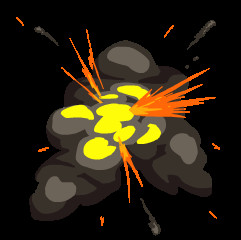Steam 설치
로그인
|
언어
简体中文(중국어 간체)
繁體中文(중국어 번체)
日本語(일본어)
ไทย(태국어)
Български(불가리아어)
Čeština(체코어)
Dansk(덴마크어)
Deutsch(독일어)
English(영어)
Español - España(스페인어 - 스페인)
Español - Latinoamérica(스페인어 - 중남미)
Ελληνικά(그리스어)
Français(프랑스어)
Italiano(이탈리아어)
Bahasa Indonesia(인도네시아어)
Magyar(헝가리어)
Nederlands(네덜란드어)
Norsk(노르웨이어)
Polski(폴란드어)
Português(포르투갈어 - 포르투갈)
Português - Brasil(포르투갈어 - 브라질)
Română(루마니아어)
Русский(러시아어)
Suomi(핀란드어)
Svenska(스웨덴어)
Türkçe(튀르키예어)
Tiếng Việt(베트남어)
Українська(우크라이나어)
번역 관련 문제 보고


 Switzerland
Switzerland 



















(Note: you must be at least 21 years old)
a. G1: Ensures the cell is ready for DNA replication
b. G2: Confirms DNA replication is successful and mitosis is ready to occur
c. M: Checks that chromosomes are aligned properly on the metaphase plate, and
attached to spindle fibers.
d. If any of these checkpoints fail cells may go into Apoptosis.
5. Telomeres and Aging
a. Telomeres are DNA sequences at the end of chromosomes that protect genetic
information during replication. Each division shortens the telomere, increasing the
cell's age. When telomeres are very short or no longer existent the cell goes into
apoptosis.
6. Cell Cycle and Cancer
a. Cancer tumors form when mutations break the cell cycle regulations and
checkpoints which allow for uncontrolled cell division. Tumor suppressor genes
do much of the regulation for cancer.
24 December 1860. Constitutional Convention (1860-1862). S 131055. South Carolina Department of Archives and History, Columbia, South Carolina.